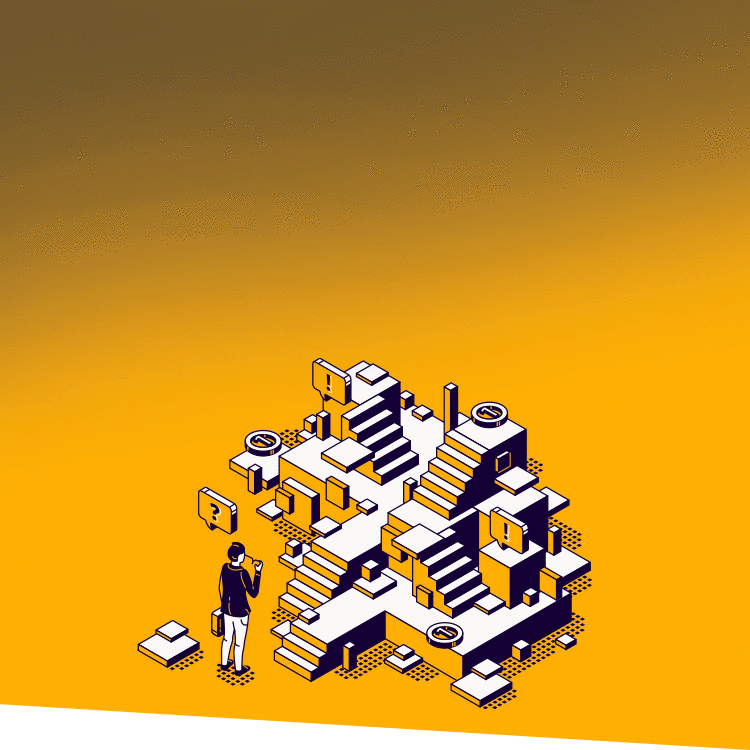School leaders continue to be tested in these uncertain, unprecedented times. As COVID-19 cases rise around the world, you are probably facing tough decisions every day. It’s important to understand how to consider all angles and come to the best conclusions.
We recently published five barriers that can impact decision-making. Today we’ll cover methodologies you can use to think through issues at hand and make sound decisions that support your students and school.
Groupthink and the Six Thinking Hats
When schools are under stress, Heads often tap a small group of trusted individuals to participate in the decision-making process. The tight-knit, homogeneous group generally emerges from the Board and Leadership Team.
In times of crisis, these groups can have an aversion to dissent and devolve into groupthink. Groupthink is defined as “approaching issues as matters to be dealt with by consensus, rather than by individuals acting independently.”
Smart leaders understand the importance of dissension and healthy disagreement. They take precautions to prevent groupthink from taking hold—seeking divergent opinions and actively working to address differing points of view.
To help avoid such a conundrum, we encourage using a tool like the de Bono Group’s Six Thinking Hats. This methodology encourages everyone in your group to don a metaphorical “hat,” contributing to the conversation in a specific way.
The de Bono group defines the six hats as follows.
- White Hat—Shares information known or needed.
- Yellow Hat—Symbolizes brightness and optimism; explores the positives and probes for value and benefit.
- Black Hat—Provides judgment or why something may not work. This can be the most powerful and useful of the Hats, but a problem if overused.
- Red Hat—Signifies feelings, hunches, and intuition; expresses emotions and shares fears.
- Green Hat—Focuses on creativity; expresses new concepts and perceptions.
- Blue Hat—Manages the thinking process; ensures the guidelines are observed.
So, how can this methodology be used in practice? Let’s explore the following example.
A group of school leaders consider adopting an A Day/B Day hybrid schedule. Before the meeting begins, each person is assigned a “hat” and comes to the meeting prepared to discuss the topic from the perspective of their designated role.
The conversation can be structured as follows:
- Agenda: Presented by Blue Hat
- Feelings: Presented by Red Hat
- Facts: Presented by White Hat
- Benefits: Presented by Yellow Hat
- Cautions: Presented by Black Hat
- Solutions: Presented by Green Hat
- Feelings: Presented by Red Hat
This allows everyone an opportunity to research the topic from a specific angle, and assigns each person a “role” in the conversation. It helps the group see every aspect of an issue to ultimately make an informed decision.
Two notes of caution:
- While discussing feelings is a necessary part of decision-making, ensure it does not dominate the conversation.
- If you skip one of these hats in a meeting, that’s OK—but recognize that each element must be considered before making a final decision.

Tune in to live webinars every week during the school year to get specific, research-backed insight you can immediately apply at your school.
First- and Second-Order Changes
- The rarity of an event contributes to the degree of stress a school experiences. Most, if not all, schools were unprepared for a pandemic. As it continues to evolve, uncertainty remains. Leaders must manage this stress to make decisions moving forward. One of the first steps in managing stress and making decisions is to understand what change is occurring. In general, there are two types of changes—first- and second-order.
First-order changes
First-order changes do not require a complete overhaul of the way things are accomplished. They are often seen as more of a “tinkering.” In general, schools can handle many of these.
First-order changes:
- are perceived as an extension of the past;
- fit within existing paradigms;
- are consistent with prevailing values and norms;
- can be implemented with existing knowledge and skills;
- require resources currently available; and
- may be accepted because of a common agreement that the innovation is necessary.
In real terms, schools that previously embraced pedagogical practices like flipped classrooms, interdisciplinary instruction, term schedules, and formative assessment may readily adapt to the coronavirus reality.
Second-order changes
Second-order changes can be described as radical or disruptive. They challenge assumptions and involve new methodologies, changing values or beliefs. These changes can be scary or overwhelming.
Second-order changes:
- are perceived as a break with the past;
- lie outside existing paradigms;
- conflict with prevailing norms and values;
- require the acquisition of new knowledge and skills;
- require resources currently not available; and
- may be resisted.
In real terms, schools that maintained a more traditional approach to teaching and learning probably experienced (and continue to experience) second-order changes with the impact of the pandemic. Transitioning to online or hybrid learning has caused an upheaval in learning, assessment, and more.
Decision-making in a crisis is both necessary and possible, as long as you manage stress levels, support those around you, solicit diverse views and ideas, and understand how far you can push change. The pandemic will clearly have a continued impact on everyone. Keep these concepts in mind to make the best decisions for your school.





